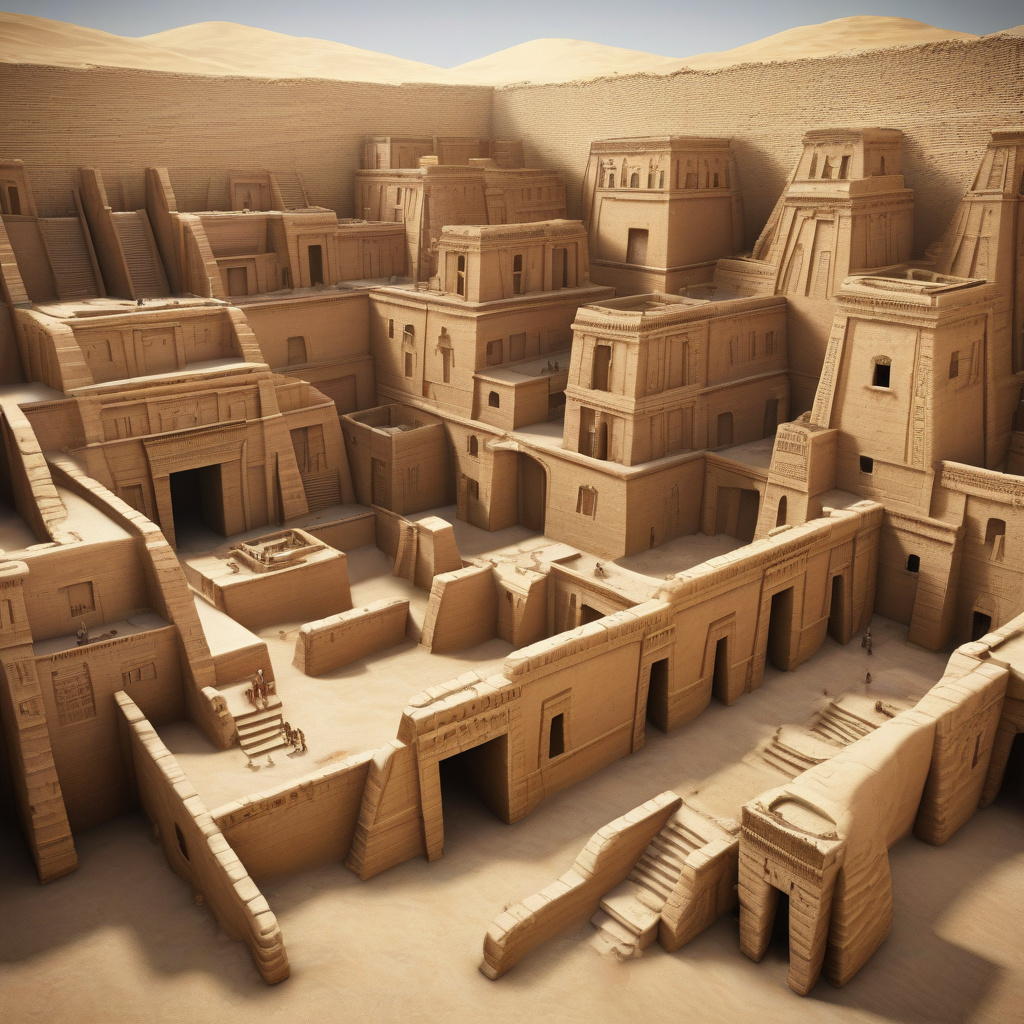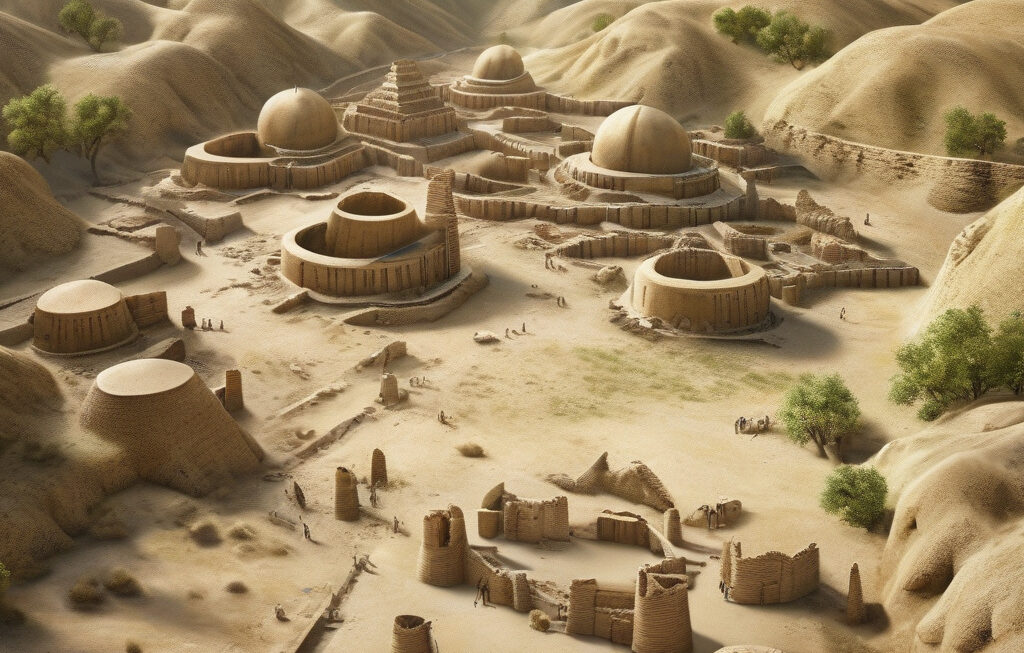2,400-Year-Old Tower Houses Unearthed in Ancient Egyptian City
Excavations at Tell el-Fara’in in Egypt revealed an ancient city from the final years of the Pharaohs’ rule, shedding light on a remarkable architectural innovation: the 2,400-year-old tower houses. These multi-storey buildings, constructed during the reign of King Ptolemy II Philadelphus, have astonished archaeologists and historians alike with their advanced design and functionality.
The tower houses discovered at Tell el-Fara’in are a testament to the ingenuity and sophistication of ancient Egyptian engineering. Built with mud bricks and limestone, these structures stand several stories high, featuring intricate staircases, spacious rooms, and even remnants of decorative elements. The discovery challenges the conventional belief that multi-storey buildings were a more recent architectural development, highlighting the advanced construction techniques mastered by ancient civilizations.
One of the most striking aspects of the tower houses is their strategic location within the city. Situated near the Nile River, these buildings offered panoramic views of the surrounding landscape, serving both practical and symbolic purposes. Scholars suggest that the elevated position of the tower houses may have symbolized power and authority, while also providing a vantage point for observing the river and the city’s activities.
The layout of the tower houses provides valuable insights into the daily lives of the ancient Egyptians who inhabited them. Each floor was designed with specific functions in mind, including living quarters, storage areas, and possibly workshops. The presence of communal spaces and shared amenities indicates a sense of community and social organization within the city, offering a glimpse into the social dynamics of the time.
Furthermore, the discovery of the tower houses underscores the interconnectedness of ancient civilizations and the exchange of architectural knowledge across borders. The influence of Greek and Roman architectural styles is evident in the design and construction of these buildings, reflecting the cultural fusion that characterized the Hellenistic period in Egypt.
As archaeologists continue to uncover more details about the tower houses at Tell el-Fara’in, the significance of this discovery becomes increasingly apparent. Not only does it challenge our understanding of ancient Egyptian society and urban planning, but it also highlights the enduring legacy of architectural innovation that has shaped human civilization for millennia.
In conclusion, the unearthing of the 2,400-year-old tower houses in the ancient Egyptian city of Tell el-Fara’in is a remarkable discovery that offers a unique perspective on the architectural achievements of the past. By exploring the design, function, and cultural context of these multi-storey buildings, we gain a deeper appreciation for the ingenuity and creativity of our ancestors, reminding us of the timeless allure of uncovering history’s secrets.
ancient Egypt, archaeological discovery, architectural innovation, Tell el-Fara’in, tower houses












